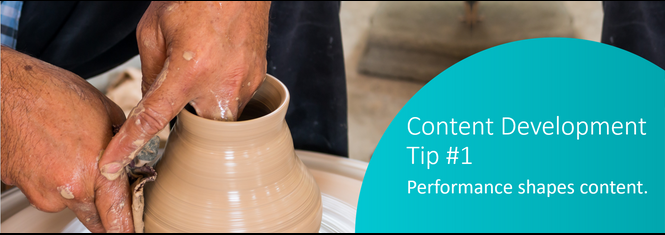We’ve completed our blog series about good learning design, and, after some conversations with our clients and ourselves, have decided to embark on a new series, called ‘What Good Content Looks Like’. Writing explanatory content that conveys your subject matter concisely is both an art and science. It’s the starting point for any training initiative. Whether you’re a subject matter expert or an instructional designer, this series is meant to help you set a great foundation for any learning material that you need to develop.
#1 Performance shapes content
‘In this module you will learn…’
So many course presentations, workbooks and elearning courses start with these immortal words. After the ‘Housekeeping’ slide, that is! And yet, is there anything more likely to turn a room full of excited, anticipating individuals into a communal blob of glass-eyed ‘learners’?
Compare that with a TED Talk, or a great motivational speech. The difference? They start by drawing people in, and explaining the WIIFM factor – that is, ‘what’s in it for me?’.
Learning objectives have long been a mainstay of content development: ‘By the end of this lesson/session/training, participants/learners/trainees will be able to (insert verb from Bloom’s Taxonomy of Educational Objectives)’. They can provide a useful basis for developing assessments, allowing learning designers to easily measure if the objectives have been met.
Learning objectives are an important tool for learning designers and the L&D side of the business, but for everyone else, they’re at best a snoozefest, and at worst, an irritation that negatively impacts the affective learning environment. No-one outside the Learning and Development community cares about Bloom’s Taxonomy. Ouch! That hurts. What they do care about is, ‘What will I be able to do after this? Why am I here?’
Performance objectives describe what people will be able to do as a result of what they have learnt. With learning objectives, it’s possible to write them using just the content and a good collection of verbs. To be able to write performance outcomes, you need to go well beyond the content, considering organisational context and business needs, and it usually requires that you engage with a much broader range of stakeholders to understand the realities of the desired workplace performance.
Asking the right questions in relation to performance outcomes will help you to include the right content. Here are some of the questions that the easyA team use and their implications when considering content development.
The right questions
Business
- What’s the business need/goal that this project is trying to address?
- What do you want people to learn, and why?
- What business impact will this project have?
Will the content that you create/curate contribute to meeting these business needs?
Behaviour
- What are the observably different behaviours that will show the project has been successful?
- What kinds of things would we see in the workplace that are different from what we’re seeing now?
What content is required to support this behaviour change?
People
- Who are the people who will make the most significant difference in terms of achieving your business goals?
- What do they like?
- What’s their attitude to technology?
- What motivates them at work?
How will the content structure, style, interactions, platform (etc.) help with engagement with this audience?
Process
- Does the content suit a particular learning approach or type of technology/media?
- Does the content need to be ‘learnt’ or does it just need to be accessed at the point of need?
What’s the best way for the content to be delivered and assessed?
The right content
It’s possible that not everything that the subject matter experts provide will be required!
When we start with performance objectives, rather than just learning objectives, we have a stronger guide for what content to include, and how to treat it. It gives us a clearer direction to ensure that … by the end of the learning experience, the people will be able to do, not just know.
Interested in a deep dive?
This article will help you to say ‘Goodbye learning objectives, Hello performance-based descriptions’.
What will you do?
Grab that last set of learning objectives that you wrote and see if you can turn them into performance objectives. If you can’t, what are the right questions you need to ask?
Get it touch!
Contact us at easyA to explore how our learning solutions design team can work with your organisation: www.easyauthoring.com

